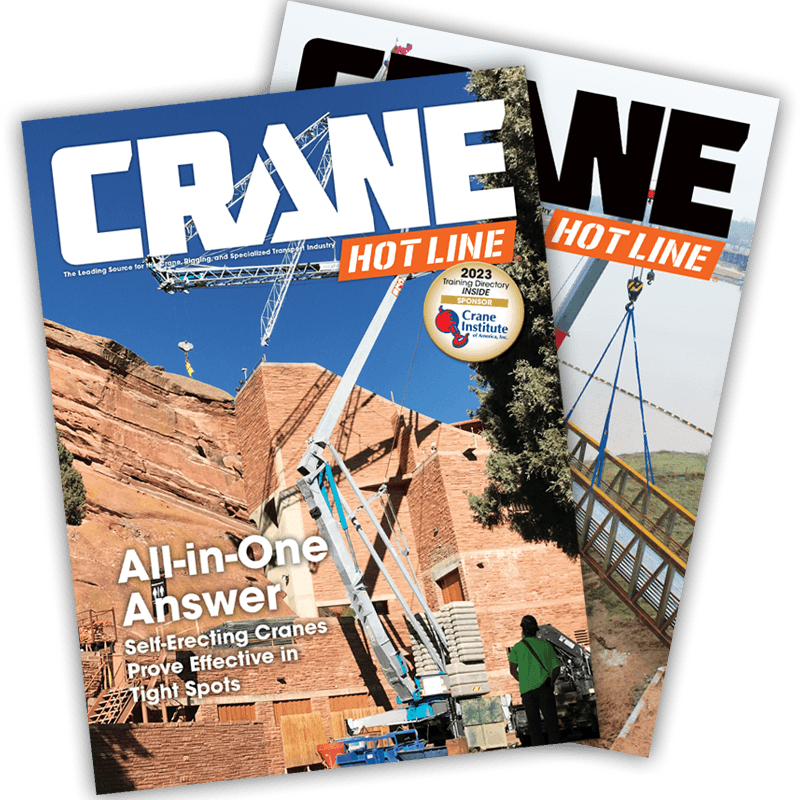‘Old Faithfuls' Get the Job Done for Balfour Beatty Infrastructure
 |
| Enlarge Image The MCG 4100 Series 2 and 4000, situated on a temporary trestle, perform demolition work on the old |
September 26, 2007 • When it comes to a major construction project, every day can be a surprise, but it helps to know what to expect of the monster cranes you put to work on the jobsite. Balfour Beatty Infrastructure, Inc. (BBII) is in the process of replacing an aging swing-span draw bridge with a bascule bridge structure for the North Carolina Department of Transportation in downtown
The company has a Manitowoc Crane Group (MCG) 4100 Series 2 crane and an MCG 4000 on site. Another 4100 Series 2 is on the way. The cranes began their stint by constructing a wooden-top work bridge beside the aging
“Because the bridge work spans the Trent River, access is limited,” says Mark Johnnie, vice president and region manager for BBII,
In fine fashion, the cranes are multi-tasking: Once the existing structure is sawcut into manageable pieces, the cranes will hoist the massive sections onto barges for recycling. The 4100 will then be charged with installing sheet pile coffer dams. Plus, all of the structure's drill piers will have permanent steel casings so the cranes will be used to drive the casings.

Enlarge Image
Balfour Beatty Infrastructure, Inc., is replacing an aging swing-span draw bridge with a bascule structure over the
The versatile lattice-boom crawlers will be called on to support all substructure construction. Once the drill shaft contractor has completed the drill piers, which will be filled with poured concrete, the cranes will support the pier cap construction and erect the pre-cast girders, says Johnnie.
The old bridge will be replaced with approaches on either side of a double-leaf bascule bridge, he says. “The whole bascule bridge construction is like an operation itself, and the cranes will support all of the bascule construction including building concrete piers and erecting structural steel,” he explains.
All of the foundations for the new bridge are drilled-shaft construction, and soon, the foundations will be installed by subcontractor Case Atlantic. When that happens, the drill unit will be mounted on either a 4100 or 4000 and another 4000 will stand as a support rig.
The cranes will be ready when needed until the job is completed sometime in 2009.
“This job's got the old faithfuls on it,” he says. “We needed a crane sized for its hoisting capacity, but at least two were in our inventory,” so they're both going to the jobsite. One of the 4100s, a leased model, was chosen because it was available at the time. “We're real familiar with this type of crane,” he says of the MCG crawlers. “They've always been solid workhorses in the industry, and our people are familiar with their operation and maintenance.”


